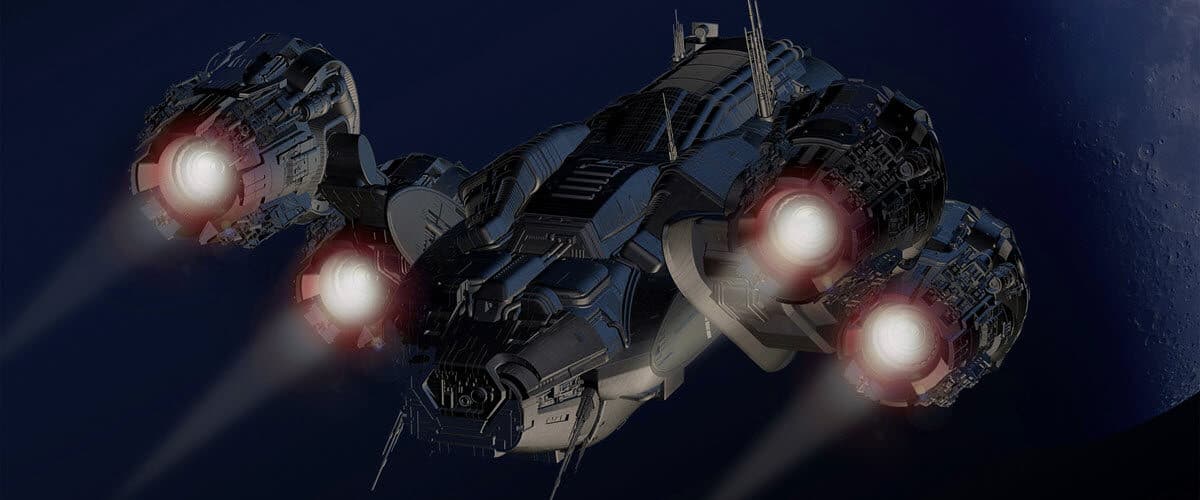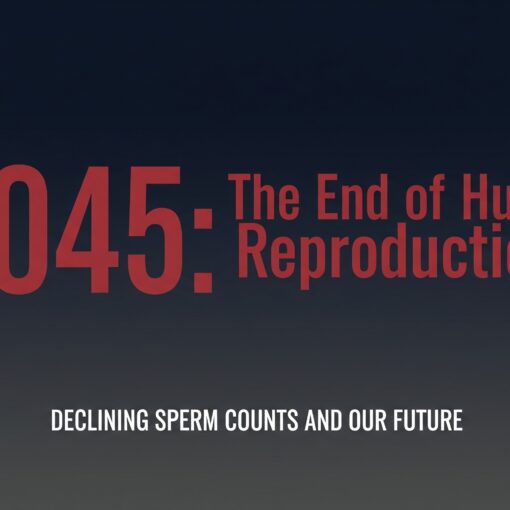Science fiction movie fans know that, if you want to travel short distances from your home planet, you would use a sublight ‘ion drive’. However, is such an ion drive science fiction or science fact?
The answer lies somewhere in between. Ion engines date back to at least 1959. Two ion engines were even tested in 1964 on the American SERT 1 satellite – one was successful, the other was not.
The principle is simply conventional physics – you take a gas and you ionize it, which means that you give it an electrical charge. This creates positively charged ions of gas, along with electrons. The ionized gas passes through an electric field or screen at the back of the engine and the ions leave the engine, producing a thrust in the opposite direction.
Operating in the near vacuum of space, ion engines shoot out the propellant gas much faster than the jet of a chemical rocket. They therefore deliver about ten times as much thrust per kilogram of propellant used, making them very ‘fuel-efficient’.





